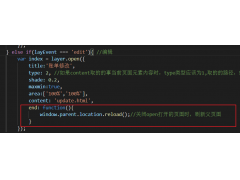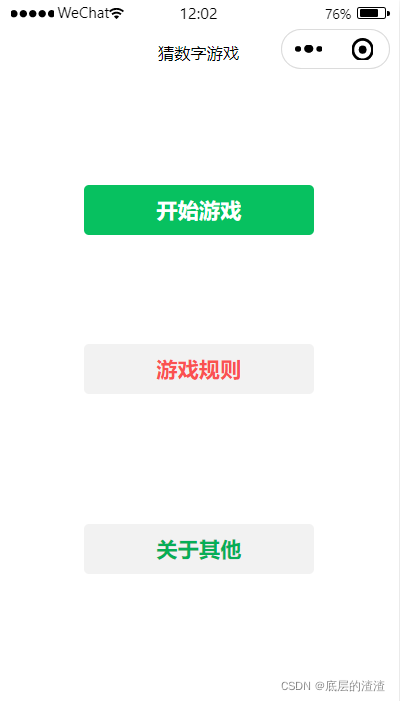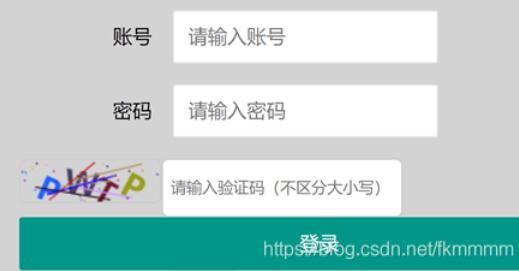Firebase.ServerValue.TIMESTAMP not synched between listeners and the client that actually adds data(Firebase.ServerValue.TIMESTAMP 在侦听器和实际添加数据的客户端之间未同步)
问题描述
这是最简单的例子:
var fb = new Firebase('https://xxxxxxxxxxx.firebaseio.com/test');
fb.limitToLast(1).on('child_added', function(snap) {
console.log('key', snap.key());
console.log('val', snap.val());
});
fb.push({
date_now: Firebase.ServerValue.TIMESTAMP
});
如果我使用此脚本打开两个选项卡,实际推送数据的选项卡会在 child_added 回调中获得 local 时间戳,而另一个仅侦听的选项卡会获得适当的服务器生成的选项卡.据我了解,这样做是为了排除往返并节省带宽.
If I open two tabs with this script, the one that actually pushes data gets local timestamp in child_added callback and the other tab that just listens gets proper server-generated one. As far as I understand it's done to exclude round-trip and save bandwidth.
但对于我的任务,这种行为是不可接受的.我该如何克服它?
But for my task this behaviour is unacceptable. How can I overcome it?
这是来自 pusher 的 console.log:
This is the console.log from pusher:
key -K59mrvEUhTaoNIQQoA4
val Object {date_now: 1449732570832}
和监听器(等于仪表板中看到的服务器数据):
and listeners (equals to server data seen in dashboard):
key -K59mrvEUhTaoNIQQoA4
val Object {date_now: 1449732571759}
推荐答案
Firebase 为该写入操作触发两个本地事件:
Firebase fires two local events for that write operation:
- 它会立即触发带有本地时间戳的
child_added事件(已根据您对服务器的预期偏移进行更正) - 它稍后会触发
child_changed事件,其中包含服务器指定的实际时间戳.
- it immediately fires a
child_addedevent with the local timestamp (corrected for your expected offset to the server) - it later fires a
child_changedevent with the actual timestamp as the server specified it.
所以你可以通过监听这两个事件来解决问题:
So you can solve the problem by listening for both events:
var fb = new Firebase('https://xxxxxxxxxxx.firebaseio.com/test');
var query = fb.limitToLast(1);
query.on('child_added', function(snap) {
console.log('key', snap.key());
console.log('val', snap.val());
});
query.on('child_changed', function(snap) {
console.log('key', snap.key());
console.log('val', snap.val());
});
fb.push({
date_now: Firebase.ServerValue.TIMESTAMP
});
一般建议处理所有 child_* 事件,而不仅仅是 child_added.服务器必须更新或删除该值以更正本地事件可能还有更多原因.
In general it is recommended to handle all child_* events and not just child_added. There may be more reasons why the server has to update or remove the value, to correct for the local event.
如果您更喜欢使用单个回调/事件处理程序,您还可以侦听 value 事件:
If you prefer having a single callback/event handler, you can also listen for the value event:
var query = fb.limitToLast(1);
query.on('value', function(snap) {
snap.forEach(function(child) {
console.log('key', child.key());
console.log('val', child.val());
});
});
您会注意到回调中 forEach() 的使用.
You'll note the use of forEach() in the callback.
这篇关于Firebase.ServerValue.TIMESTAMP 在侦听器和实际添加数据的客户端之间未同步的文章就介绍到这了,希望我们推荐的答案对大家有所帮助,也希望大家多多支持编程学习网!
本文标题为:Firebase.ServerValue.TIMESTAMP 在侦听器和实际添加数据的客户端之间未同步


- CSS媒体查询(最大高度)不起作用,但为什么? 2022-01-01
- Fetch API 如何获取响应体? 2022-01-01
- Quasar 2+Apollo:错误:找不到ID为默认的Apollo客户端。如果您在组件设置之外,请使用ProvideApolloClient() 2022-01-01
- 失败的 Canvas 360 jquery 插件 2022-01-01
- Css:将嵌套元素定位在父元素边界之外一点 2022-09-07
- 使用RSelum从网站(报纸档案)中抓取多个网页 2022-09-06
- 400或500级别的HTTP响应 2022-01-01
- addEventListener 在 IE 11 中不起作用 2022-01-01
- 如何使用 JSON 格式的 jQuery AJAX 从 .cfm 页面输出查 2022-01-01
- Flexslider 箭头未正确显示 2022-01-01





